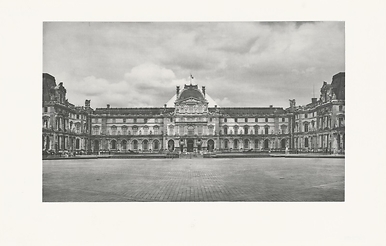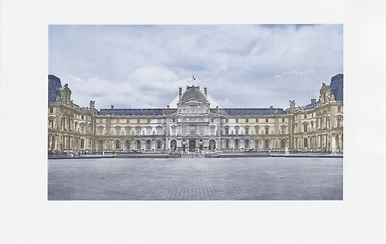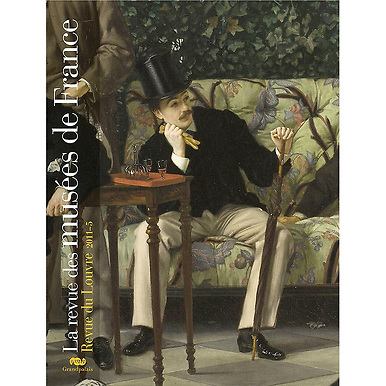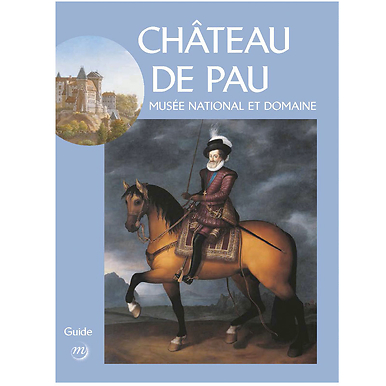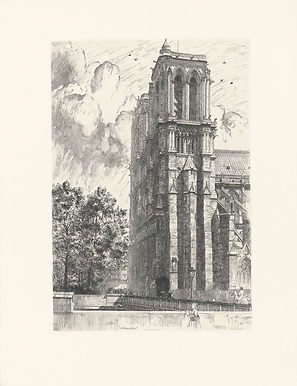Mémoires du Louvre
GK195933
Completed in 1202, Philippe Auguste's Louvre was a simple fortified castle. In the 14th century, Charles V turned it into a royal residence. François I and architect Pierre Lescot transformed it into a palace for the splendors of the Court. Henri IV, in his "Grand Dessein", combined it with the Tuileries...
Read more
Completed in 1202, Philippe Auguste's Louvre was a simple fortified castle. In the 14th century, Charles V turned it into a royal residence. François I and architect Pierre Lescot transformed it into a palace for the splendors of the Court. Henri IV, in his "Grand Dessein", combined it with the Tuileries. Abandoned in favor of Versailles, in the 17th century the Louvre became the home of academies, merchants and artists' studios. It was restored to its former glory in 1793 with the opening of the Museum of Art in the Grande Galerie. Napoleon III made it one of the symbols of his power, and gave it the appearance we know today. After the fire of the Commune, which destroyed the Tuileries, the Republic favored the museum vocation of the Louvre. Pei's pyramid brought the architectural adventure to a masterly close, inaugurating the Grand Louvre in 1989. Geneviève Bresc traces the singular destiny of a medieval fortress transformed into the world's largest museum.
Over the course of time, the imprint of the most eminent architects : Lescots, Le Mercier, Le Vau, Le Brun, Perrault, Percier et Fontaine, Visconti, Lefuel, Pei. From royal fortress to museum, eight centuries of French history: the Louvre in 200 documents.
French
Close
Login to see prices
Sold by GrandPalaisRmn



